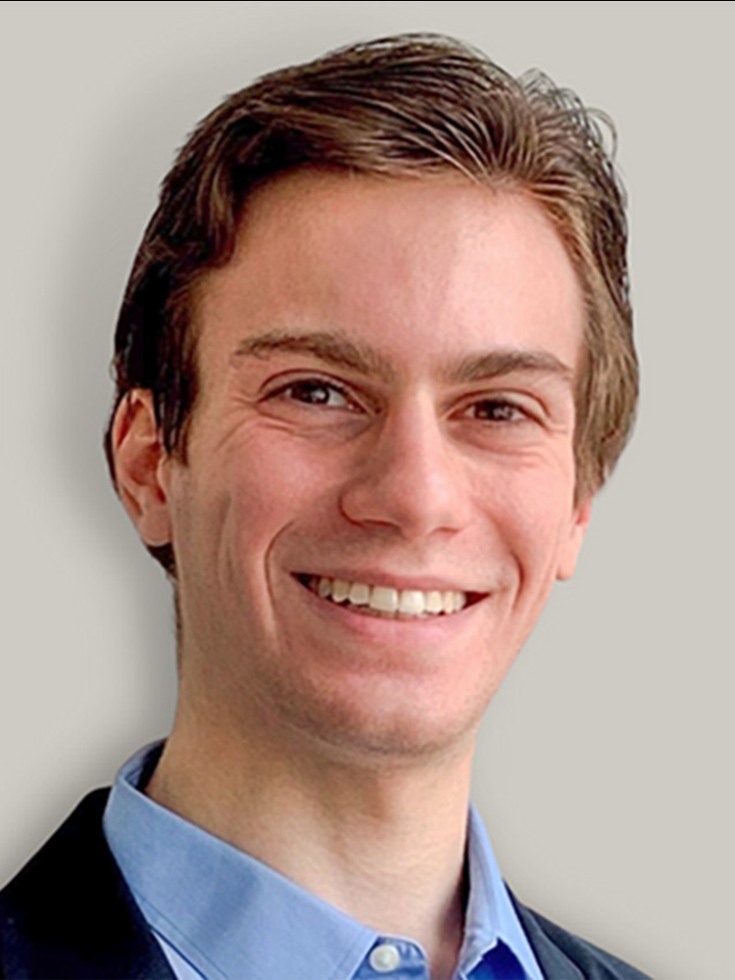Tell us about your job.
I am a communicator who uses quantitative and qualitative data to bring stories to life. After graduating from the MPA program in May 2022, I began working as the Impact Coordinator (Data Analyst) for Boys & Girls Clubs of Boston (BGCB). BGCB is celebrating our 130th year making an impact on the lives of young people in Boston and Chelsea. Our mission is “to help young people, especially those who need us most, build strong character and realize their full potential as responsible citizens and leaders.” In my role, I work with the Director of Evaluation and Outcomes to appraise our footprint, both in terms of who we serve and how our services benefit them. My work crosses departments, from Operations and Programming to Marketing and Development. While I am based in our central office in downtown Boston, part of my work entails working directly with our youth at our nine clubs spread across the city. It is inspirational working with such a dedicated team of changemakers who all believe in empowering Boston’s youth.
What has been the most impactful project you’ve worked on at your job so far?
In Fall 2022, BGCB began to renew our strategic plan for the next five years, spearheaded by our new executive leadership team. As part of this process, my colleague and I were tasked with putting together a community survey to assess the current landscape of our organization. It was challenging to design a survey that was general enough for a wide audience, and specific enough for groups like parents and alumni to give targeted feedback. We collected over 700 responses from parents, alumni, current club members, staff members, community leaders, and more. I refined our questions, analyzed the data, and most importantly: shared the results. This included co-presenting the survey results in front of our Strategic Planning committee (including our C-Suite, board members, and community leaders), and opening feedback loops for the parents, alumni, youth, and staff members who participated. One of our key aims moving forward is to keep this feedback loop open; we hope to conduct more frequent surveys and provide other continuous opportunities for our community members to share their input.
What skills from the MPA program do you use in your work?
My work heavily incorporates knowledge and skills I learned through my MPA. For starters, Professor Bill Allen taught me valuable lessons about how to make an impact working in the non-profit sector. From him I learned how to perform stakeholder analyses, incorporate theories of change, and understand complex networks between policymakers, program evaluators, and professionals doing the work on-the-ground. At a more granular level, Professor Friedman and Thakral’s statistics courses provided a lot of the day-to-day analytic skills I employ in my data work. I also took an economics elective titled “Inequality and Social Policy”, which combined academic literature on social inequality (a big factor in my work at BGCB) with practical opportunities to improve my data analysis skills.
Finally, I would be remiss if I did not discuss my consultancy with the Afterschool Alliance (ASA). ASA is a non-profit based in Washington D.C. that advocates on the importance of comprehensive afterschool programming for youth development beyond just academic remediation. My team’s consultancy project traced the disbursement of American Rescue Plan ESSER Funds which were designated for afterschool programming. We reviewed written proposals from school districts and program providers across the USA, supplemented with stakeholder interviews to add live perspective. Although I had some sense that I wanted to work in education/youth policy going into the project, this experience opened my eyes to the importance of afterschool in particular.
